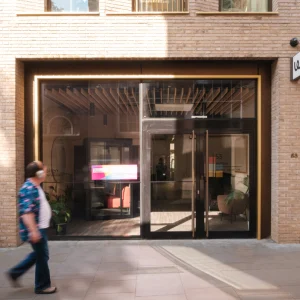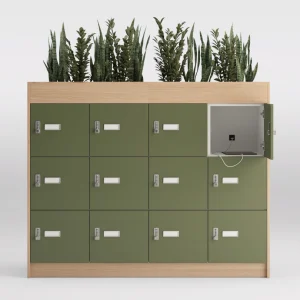According to the Associated Press, after Katrina, the city struggled with its renovation plans but has now decided to follow eco-friendly practices. The green plans include an increasing number of houses being fitted with solar panels, a new line of hybrid buses, organic farming and more bicycle lanes.
In the Lower 9th Ward, approximately 20 energy-efficient houses are using solar panels. Plans also include the revival of habitats that protected the city from hurricanes prior to the annihilation of wetlands by timber firms, the oil industry and levee construction. Near the Lower 9th Ward area, to help reinstate wetlands, the city intends on planting hundreds of bald cypress in a bayou.
After a $15 million federal grant in 2008, a new line of 39 hybrid buses that run on a mix of electric power, biodiesel and gasoline were started.
The city has a BuildSmart Learning Center that trains builders in effective green building practices and features a showroom full of eco-friendly devices such as low-flow shower heads and dual-lush toilets.
The importance of green building has increased considerably after the storm disaster.
The solar technology market is growing because of federal and state tax credits.
Besides energy price spikes and tax credits, the filthy water that flooded most parts of the city after the 2005 storm, can also be attributed to the growing popularity of environmentally-friendly construction.
The green movement also gained momentum after the New Orleans City Council accepted an energy-efficiency proposal in 2008 to erect compact fluorescent lighting, weather stripping and insulation to enhance 2,800 properties annually.
Hurricane Katrina, the third most severe storm to hit the US, destroyed New Orleans in August 2005. The category four storm hit the city’s structures with 160km winds per hour.





